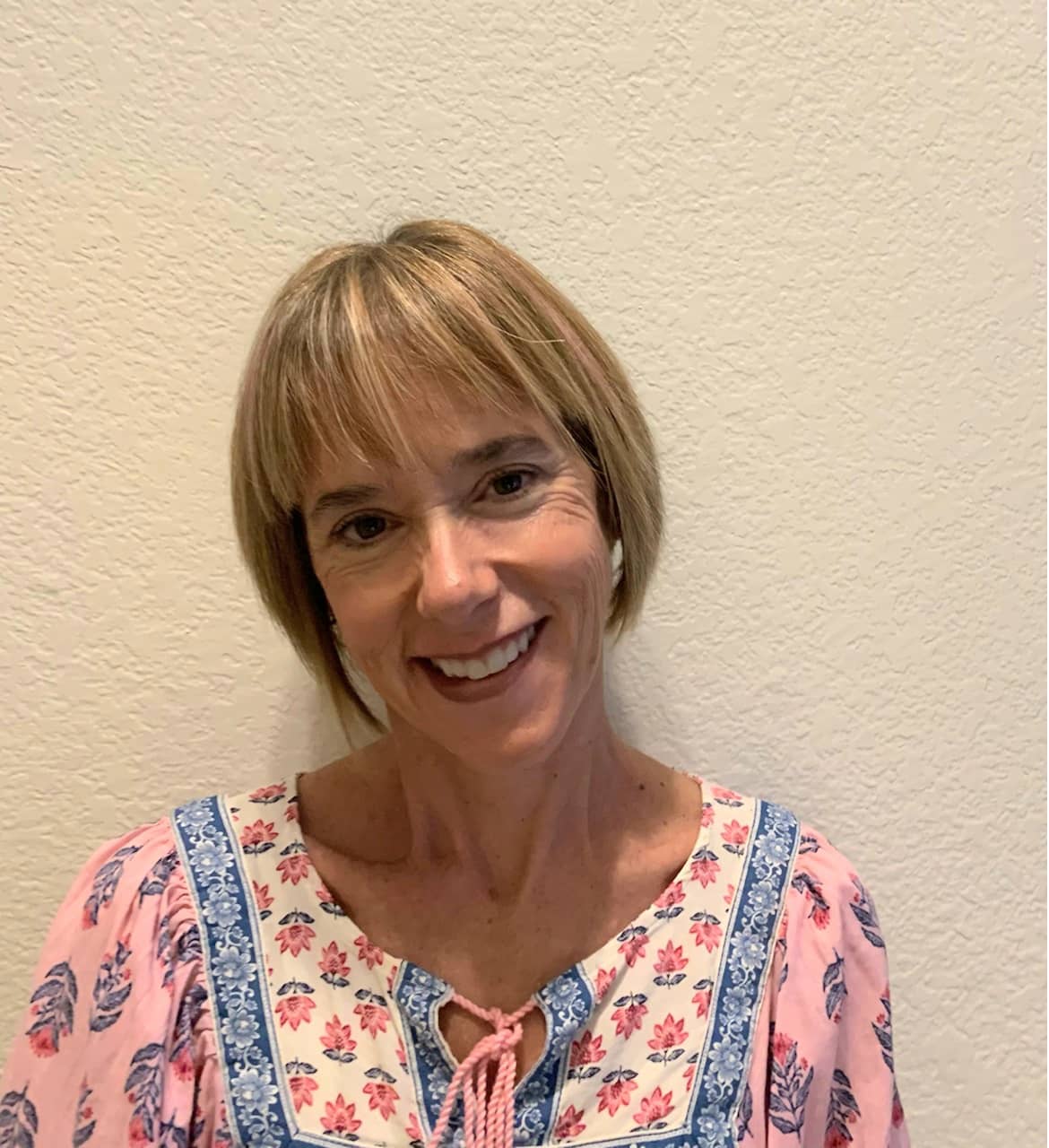As I sat down to write this month’s column, it coincided with the two-year anniversary of the Napa and Sonoma Valley fires of 2017. Aptly, our power was out, alongside more than 32,000 Napa County residents who lost power, all in response to a red flag warning for high winds and potential wildfires. Schools closed, traffic signals ceased to illuminate, gas reserves were depleted and many rushed to buy generators.
The fire drill was initiated by PG&E, as part of a massive, preemptive Public Safety Power Shutoff (PSPS) that impacted not only Napa County, but the wider Bay Area and parts of Central California, where more than 700,000 lost power. For those residents and businesses that went without power for days, the exercise became not only an inconvenience but a costly proposition. Leaving people to wonder if the aggressive approach to power shutdowns is the best tactic to ward off wildfires.
For the many I spoke to, PG&E’s stance on proactive power shutdowns feels like a straw grab to right events of the past, especially given that wildfire wounds are still raw for the many whose homes are still under reconstruction. Personally, I have to question if this trigger-happy approach in response to weather predictions is the most prudent path to take. Or if there is a middle ground to be found where we can be vigilant about safety and preparedness, but not hyper-vigilant at the expense of businesses, wineries and home life.
From the time this column was written, to when it went to print, Napa and Sonoma County experienced as many as four PSPS. Despite these proactive measures, the Kincade wildfire struck 77,758 acres, destroyed 374 structures, damaged 60, and was 84 percent contained in the 13 days since it hit Sonoma County on October 23.
Tipping point
This year was ripe with controversy, not only over power outages, but the question of the year—has Napa Valley reached a tipping point when it comes to winery growth and resort development?
In September, details were unveiled about an upcoming mega resort in Calistoga, creatively named (not), Resort at 400 Silverado Trail. The project is more widely known to annoyed townies as the Four Seasons, which laid its high-priced bricks on the parcel that once housed the more modest Silver Rose resort, situated across from Solage, an Auberge Resort & Spa property.
Thanks to Calistoga’s no-chain ordinance, the new resort cannot bear the Four Seasons name or logo—hence the catchy Resort at 400 Silverado Trail tagline, which is sure to be anything but humble. The 85-room accommodations encompass nearly 23 acres, including 20 private homes and 16 more buildings with suites, varying in size that include two to eight bedrooms. The project, which was approved by the City of Calistoga in 2012, was originally slated to open in 2015. Later, the opening was pushed to 2019, and then (as of press time) to 2020. Like many other luxury resorts of its ilk, there are the requisite promises to broker good will in the community. According to a comment in the Napa Register, from Mehdi Eftekari, the Resort’s general manager, “The resort is here to be a part of the community…we’re here to keep it authentic, and to be embedded as a piece of the community.”
One look at the murals that adorn downtown buildings, and depict remembrances of Calistoga’s cowboy-rooted past, it’s hard to envision how exactly a Four Seasons-caliber resort could seamlessly assimilate into the casual town. The calm and easygoing nature that once permeated the downtown drag is threatened with each new winery and resort opening. A trend that is not only prevalent in Calistoga, but up and down our valley.
On a purely financial level, Calistoga stands to gain an estimated $2 million annually in TOT (transient occupancy tax), on top of the original $4 million paid in impact fees. But on a practical level, each new development project threatens to tax an already limited workforce that struggles to maintain itself amid the scantily clad affordable housing landscape that is Napa Valley. Add that to a lack of jobs, which offer wages commensurate with the cost of living, all of which continues to fuel the red-hot controversy over whether these large-scale “developments” remain in the best interest of our once charming, if not over crowded, Napa Valley strip.
But as the actor Jason Schwartzman (of Coppola lineage) repeated throughout the critically creamed Netflix film, Wine Country, “It’s an amazing day in Wine Country.” A sentiment that, regardless of who wins and where you stand on the growth/no growth battle, will likely never change.





